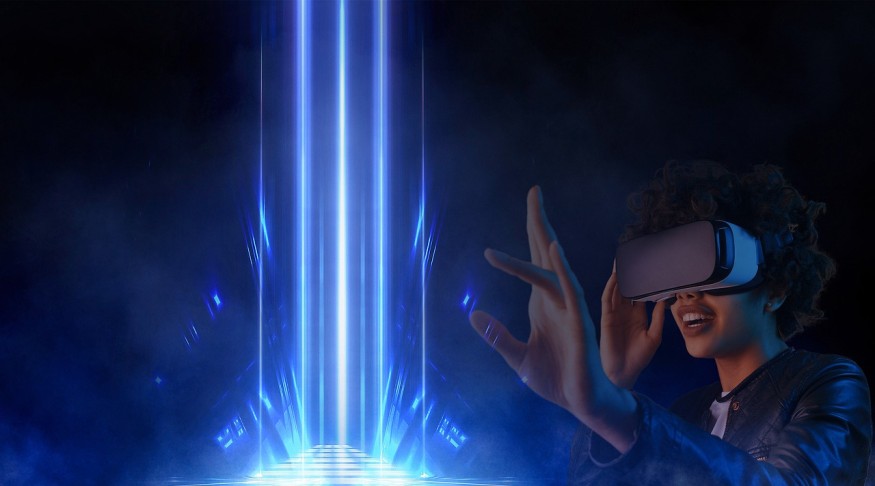
Humans have always been fascinated about being immortal. With the advancements in digital technologies, eternal life could become possible but only in virtual reality, as people would need to leave their physical bodies behind and become living apps and live in the metaverse.
Russian billion Dmitry Itskov who is part of the 2045 initiative, a non-profit organization that aims to extend humans' lifespan, told Daily Star that artificial bodies could become a reality by 2045, allowing people to move out of their old bodies and move into the internet. He sees this becoming possible through artificial intelligence (AI) and metaverse technologies.
Live Longer for 150 Years in Metaverse But Only If You Are Willing to Permanently Leave Your Physical Body and Become a Living App
Mind-Uploading: When People Starts to Live in the Metaverse
The media mogul said that the 2045 Initiative intends to let people make independent decisions on extending their lives and live in a new body after the biological body has been exhausted.
As the Daily Mirror reported, this concept is called mind-uploading, which will make digital copies of people's minds that could freely live in cyberspace, unrestricted by their biology. Elon Musk's Neuralink and other similar companies have been exploring metaverse technologies that could form the basis of future whole-brain uploading.
Science Times previously reported that Musk is planning to commercialize a humanoid robot called Optimus by next year that can take after its owner's personality traits and act like them.
Aside from that, self-described futurist Tom Cheesewright said that AI and metaverse technologies could one day let humans input their consciousness. Although that might take a while, Cheesewright said that it is ultimately possible.
The Process of Mind Uploading
According to Interesting Engineering, mind uploading is the hypothetical process of separating the consciousness of the person from his body, converting it into a digital format and transferring the digital consciousness into the machine. It could be through different steps, such as mind copying, mind transfer, mind preservation, and whole brain emulation (WBE).
The very first step in this process involves getting information from the brain, which has more than 125 trillion synapses in the cerebral cortex alone. Some suggest that it would be necessary to dissect the brain first for the information to be completely replicated.
But mind uploading advocates a noninvasive brain procedure that can provide sufficient solutions for copying the information in the brain without killing the person.
The second step involves the reconstruction of the artificial brain. A rough estimate published in Scientific American shows that the memory storage capacity of the brain could reach up to 2.5 Petabytes (2,500 TB). Therefore, the artificial brain should be able to process this large memory. As of now, the largest artificial neural network called GPT3 has only 1/300 times the capacity of the brain.
The last step is matching the consciousness to a substrate, like a metaverse, or into a network of artificial brains connected. Another option is Musk's Optimus humanoid robot, wherein the physical robot would act as the new physical body of a person.
These steps would take a lot of time, effort, and money from scientists, researchers, and tech companies working towards mind uploading. Whether it will be a success or not, only time will tell.
RELATED ARTICLE : Elon Musk Introduces 'Optimus' The Humanoid Robot That Can Take Its Owner's Personality, Do Repetitive, Boring And Dangerous Jobs
Check out more news and information on Artificial Intelligence in Science Times.
© 2025 ScienceTimes.com All rights reserved. Do not reproduce without permission. The window to the world of Science Times.












